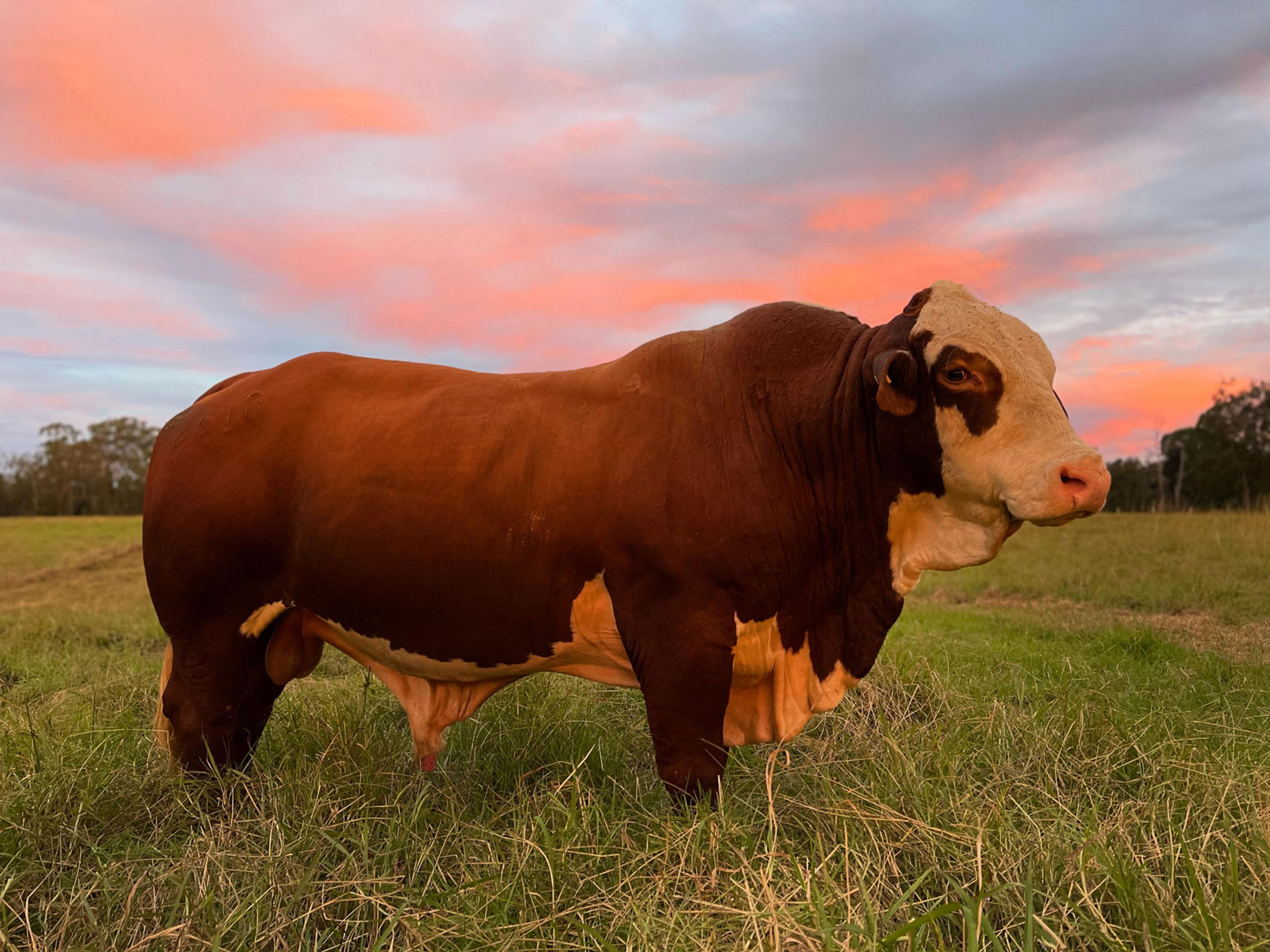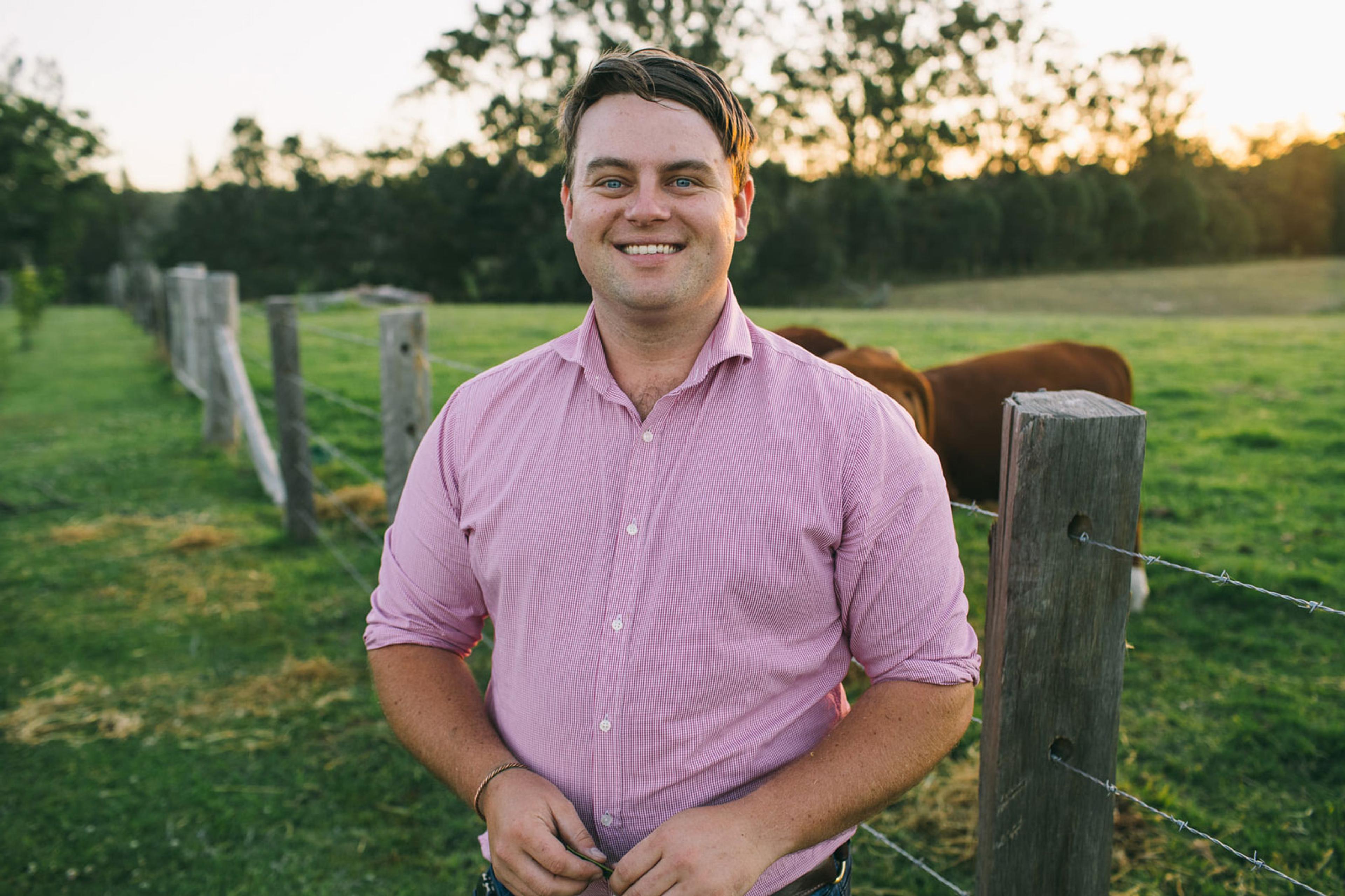A Truly Australian Agricultural Story Needs Indigenous Voices
Joshua is a Worimi man, farmer and academic, who shares the narration of Indigenous identity through agricultural truths in light of modern contexts. He is undertaking higher degree research at Charles Sturt University, is the Indigenous
Co-Chair of Reconciliation NSW and was recently recognised as one of the world’s top 50 young gastronomers. He is an entrepreneur and business advisor, working predominantly in the Aboriginal cultural, agricultural and environmental spheres.
When the term Indigenous agriculture is used, a framing complexes the mind. The time before colonisation, a time of parklike aesthetics that has been narrated, where dark-skinned brothers and sisters hunt the mountain country or catch seafood in pristine waterways before settling by a campfire to share a meal. A gentle droning of a didgeridoo hums as clapping sticks awaken you again.
There is no surprise that we romanticise and fix our concepts of Indigenous identity to these times, just as we, as Australians, find humour in the larrikinism of our bushrangers, have a vision splendour for the vast outback and waltz with the early explorers and agricultural pioneers.
It is further evident in our architectural landscape, from an old woollen mill that meets the harbour in the city to the old stock and station agents’ offices in the main streets of little towns. It’s reiterated in our museums and town murals, sung about in country music, lived out in Australian cinema, and taught in our schools.
We are a society whose national identity is tied to the idealised notions of the bush, and that fixates and perpetuates a view of our First Nations peoples still today.
I contend that this idyllic narrative threatens the incorporation of Indigenous peoples in agriculture discussions today. It, again, continues to erase our people from the landscape. Agriculture was a colonising act, with current perpetuating attitudes continuing the othering upon our own lands.
My family’s ties go back to the Bugg family on this Worimi country where I live today. It’s a place where European agriculture was woven into the Aussie bush, where an inaugural million-acre land grant was handed to a British company to not just feed the colony but produce a commodity to export.
Perhaps where Australian agriculture, as we know it now, was born at scale to be showcased on an international stage, out past the city limits of the cottage industry built to sustain the colony. Something magical happened on this country beyond the reach of romanticism. A new narrative was forged by incorporating our people, Indigenous peoples, into farming systems — self-determined or forced.
However, the western agricultural system we envisage today does not include my mob or those across Australia.
We don’t have the intergenerational wealth proposition for financial institutes, the very land taken from us for current agricultural, non- Indigenous wealth.
Our native food sector was commercialised without us, with less than 1% of revenues flowing to our People. And despite owning, or having rights across 60% of this landmass, our diversity sits as a subset to gender diversity in the National Farmers Federation’s roadmap for the sector or is encouraged for a ‘sustainable regime’ over our lands.
It’s seen in the racism yelled across the arena at rodeos when an acknowledgement of country is given, the “part Aboriginal” person I’m told about at an agricultural diversity event and the derogatory terms used at a bar to describe a young Aboriginal farmer who was doing all he could to get ahead. The exclusion of our people thrives in the industry where we have only ever felt wanted when a workforce was hard to find or our knowledge was sought after.
Then, there is the lack of our representation in agricultural leadership or political conversations and the epitome of the convergence portrayed through the absence of a voice in regenerative systems — those that specifically rely upon our knowledge and insights.
To be frank, the inherent bias and racism are perpetuated in the models that need our views and experience, our People’s wisdom and understanding of this landscape.
And yet, despite this current state, complicated by years of unpaid wages, massacres and ill-treatment, there is a burning optimism from our People for inclusion. The strongest desire is to walk together to feed our society fairly, to work together to care for this country and farm sustainably for the future.
To be involved and represented in native foods and land management in partnerships with non-Indigenous people, to walk beside.
And just as we seek this strong desire, so too does Western agriculture need us.
So, what do we know:
- We have an ageing agricultural workforce, with no focus on engaging an Indigenous pipeline for future careers, despite Indigenous youth being Australia’s only growing youth demographic.
- Indigenous youth aren’t engaging in the system in its current form — there are less than 5 Indigenous agricultural graduates across all universities each year in Australia.
- We are yet to be included in conversations about the future of our agricultural industry, with regenerative agriculture also silencing us.
- Our agricultural thinking in Australia is over 40 years behind that of our international colleagues — we are stuck in the past with no clarity for future engagement.
- Stolen wages are only beginning to be repaid to Aboriginal People, yet there is no acknowledgement of the intergenerational impact on family’s involvement in agriculture today.
The points above are not exhaustive but rather used to quickly note the desperation for change and for actual inclusion of our People within the structures created to remove us and challenge our connection with Country.
We know that our mob aren’t present or invited in the conversations for change, aren’t seen in the branding used to promote our sector or in the discussions on the news, and they surely aren’t represented by our existing organisations.
This needs to change.
We need true partnerships, true connections. Wakulda, walking together as one.
For we, as Indigenous peoples, are but a people in change. Our culture and what it means to be Aboriginal on this land have transformed over time; we are the same people, just in transition.
As our voice seeks inclusion in the Constitution, so too should we seek inclusion in the very industry that removed us from our lands.
A truly Australian agricultural story needs Indigenous voices — the truths of the past, the stories of survival and coming together, and the hopes for the future.
Only together can we bring the best of our two systems to develop a genuinely aspirational sector, a true story of Australian agriculture.
This article is an extract from Regenerating Investment in Food and Farming: A Roadmap.

